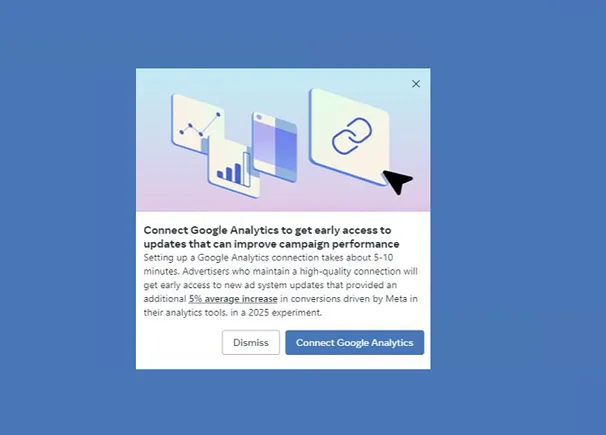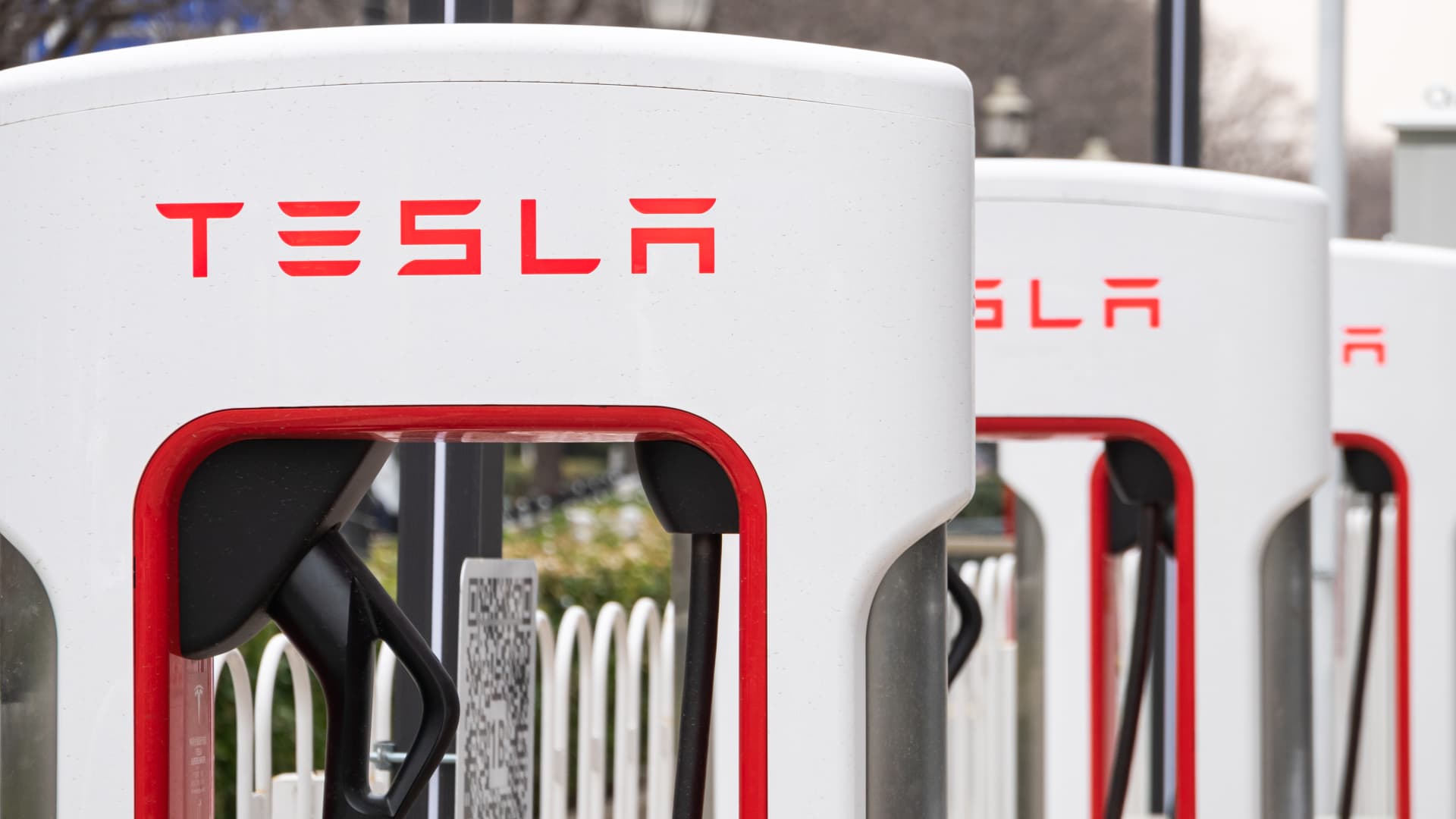Making sure employees have everything they need to progress their career and stay with our company is of great importance to me. Against the backdrop of the Great Resignation, I know there’s no place for complacency.
However, it’s becoming more evident that a happy workplace isn’t only about career opportunity. It’s also about providing the best tools to do a job. According to Workfront, an Adobe company, 49 percent of the U.S. workforce would consider leaving their job because they don’t have access to the right technology.
It’s easy to understand why. Our lives as consumers are easy. Banks have made it simple to manage our money on a mobile device. Online grocery shopping can be done through an app and missed items added with a single click. Doctor’s appointments don’t need to be in person now; video calls are the norm. And why print thousands of programs for a rugby match, if a QR code can be scanned instead?
These are just a handful of the ways we’ve seen technology evolve in the last few years, changing expectations along with it—including for our employees. It raises a stark question: how can businesses expect to stem the exodus of talented people if they expect them to work with technology that’s inferior? Managing complicated processes, using outdated software, repeating the same tasks and dealing with intermittent outages have become unacceptable to workers—and rightfully so.
This is against the backdrop of serious investment into strategies dedicated to improving the customer experience to drive brand value and loyalty. Digital channels are now vital to compete, and they must be slick, or customers won’t return.
It’s therefore easy to see how pent-up frustration has manifested. Employees using complicated systems and workarounds to deliver a brilliant customer experience will feel let down. Driving customer loyalty and improving customer success metrics has always been linked to employee behaviors, but now I believe that a great customer experience and great employee experience are inextricably linked. Successful growth will come from delivering both.
Automation and productivity
A good starting point for positive change employees will embrace is in the realm of productivity tools, a market that has radically changed in the last few years. The options to share tasks and progress, communicate with one another, share ideas and information, and make decisions are abundant. There really is no excuse not to try, especially when you consider there’s plenty of evidence from the millions of businesses that adopted video conferencing and instant messaging in the pandemic. They’ve shown that even the smallest of changes can make a tangible difference to how people contribute to delivering business goals.
But I would also urge business leaders to consider how they can help employees automate more of the tasks that make up their role. Automating repetitive and manual tasks can pay huge dividends, not just in time and money saved, but also in terms of the employee experience.
The more day-to-day processes are digitized and automated, the more engaged employees will be. The time freed up can be used by people to make new and interesting contributions to the business—work becomes more fulfilling as people develop new skills and are exposed to new areas of the business. I see it as an important component in facilitating career development.
But more than this, as tasks are automated, there is more data available. This can be used to make service improvements right through to identifying patterns and trends that inform product development. It’s a shot in the arm for company innovation and growth.
This notion of automating small tasks is being heralded as a first step on the road to hyperautomation, a term coined by Gartner to describe the process of automating as many business processes as possible. Hyperautomation is an ambitious strategy for any firm contemplating it, however, automating just a few processes can make a significant difference to business performance. It’s worth noting that success also breeds success in this world. I’ve seen automation become infectious in a business—as one function starts to reap rewards, other business leaders look to replicate the success. In no time, organizations have moved further along the hyperautomation curve.
As we move toward 2023 and into more economic uncertainty, strategies that embrace process improvement to reduce costs and improve efficiency will be top of the agenda. However, I believe we are at an important crossroads, and the businesses that weather the turbulence ahead will be the ones that link automation and employee brand with customer success strategies. Bottom line, the businesses that invest in the creation of happy employees using efficient processes will have happy customers, too.
The post To Keep Employees, Be Tech-Forward appeared first on ChiefExecutive.net.







































































